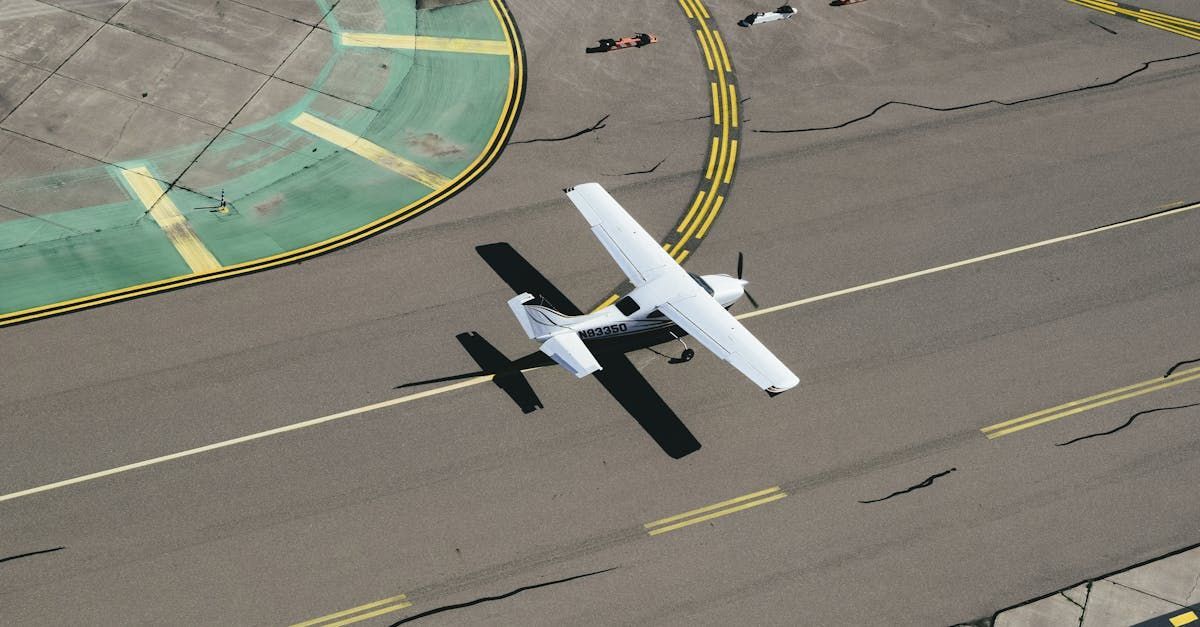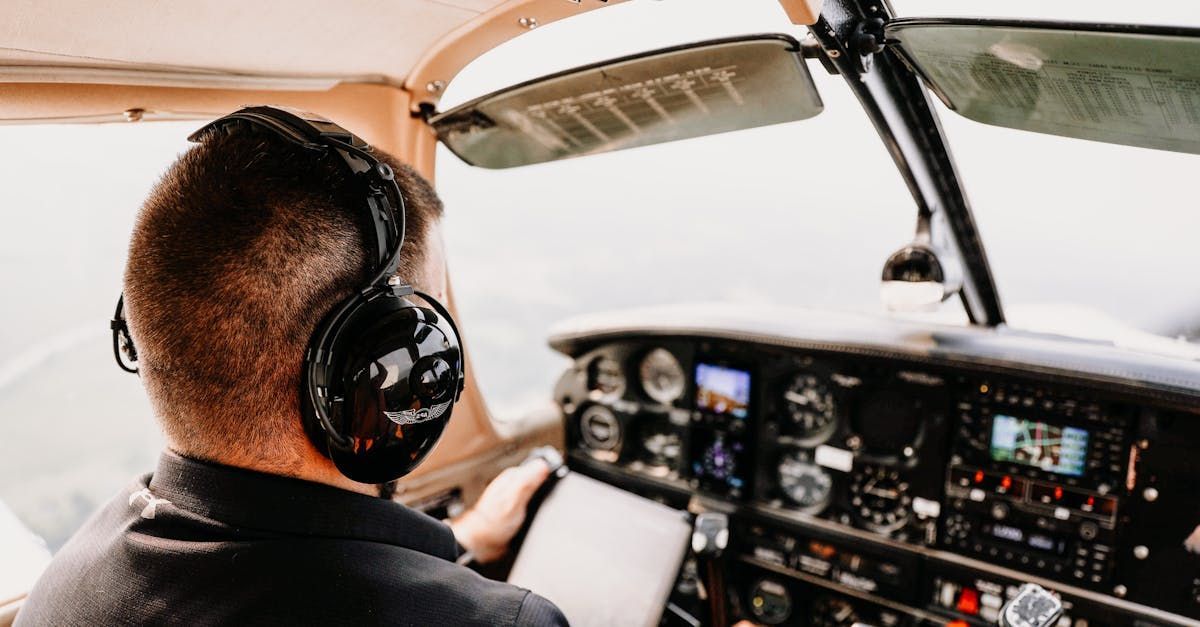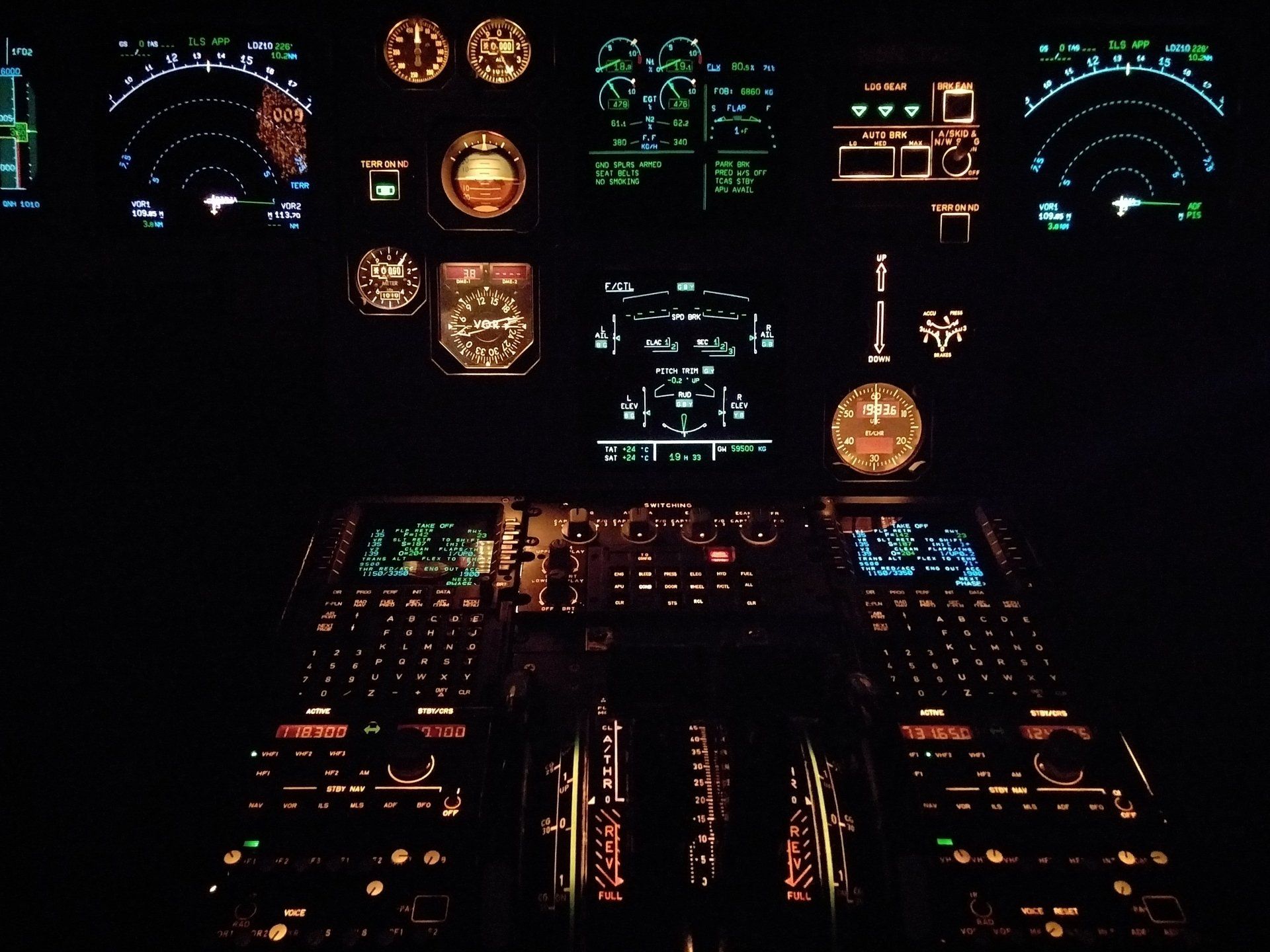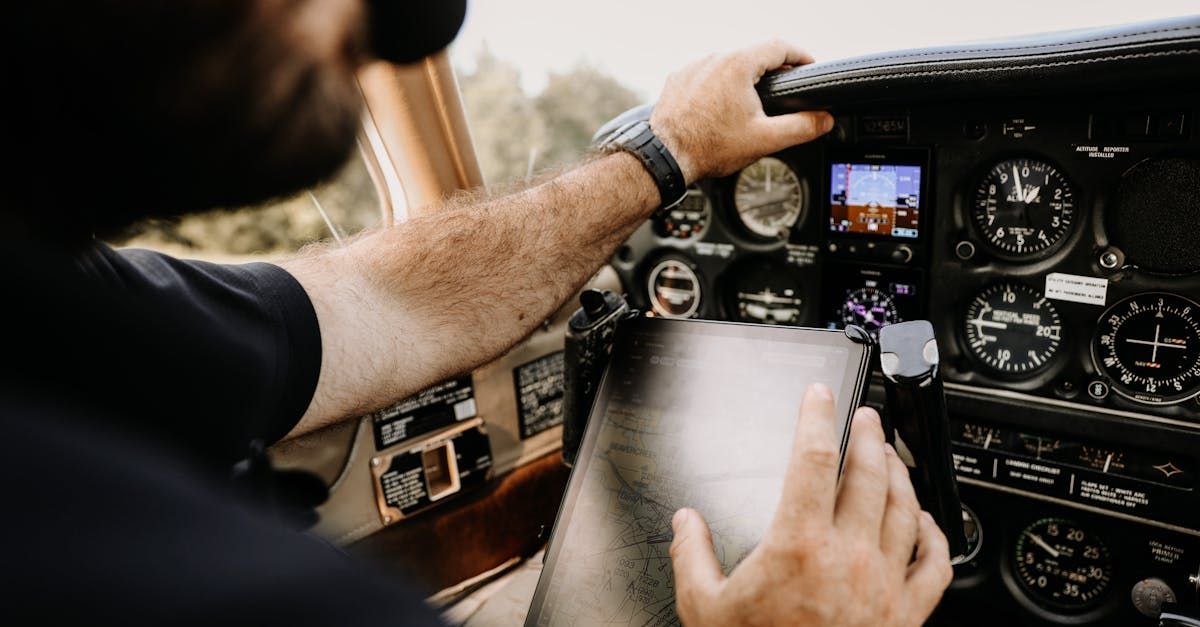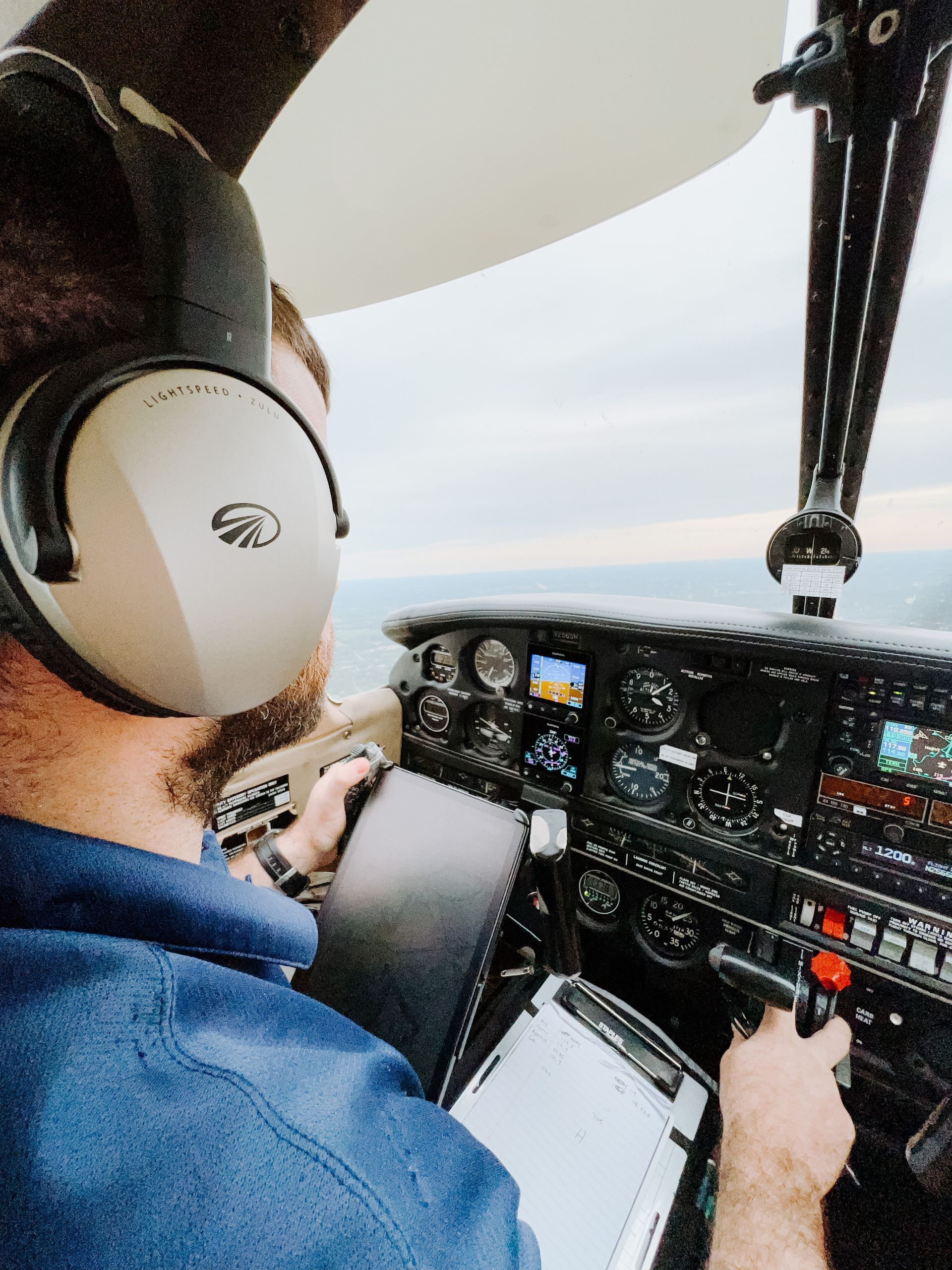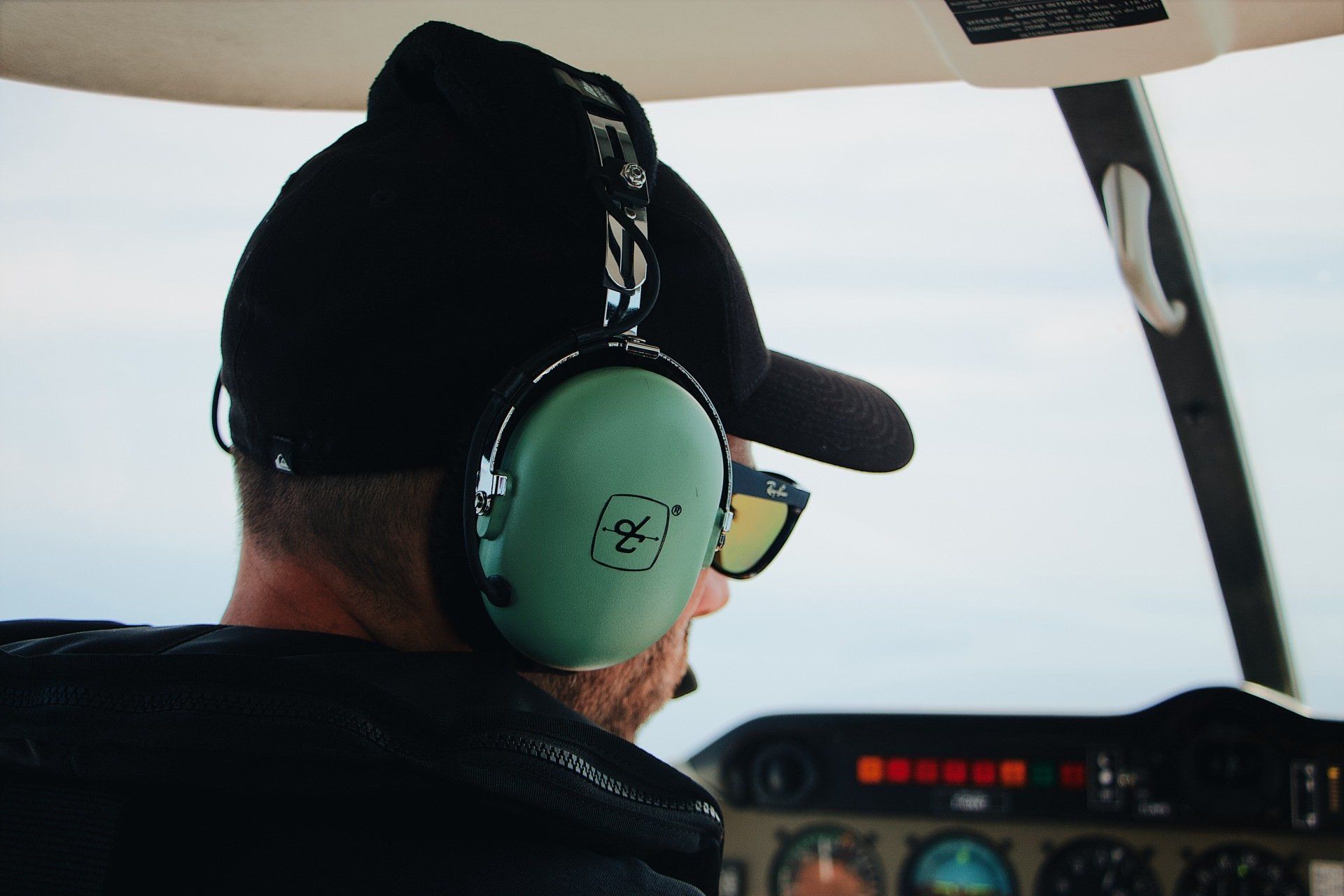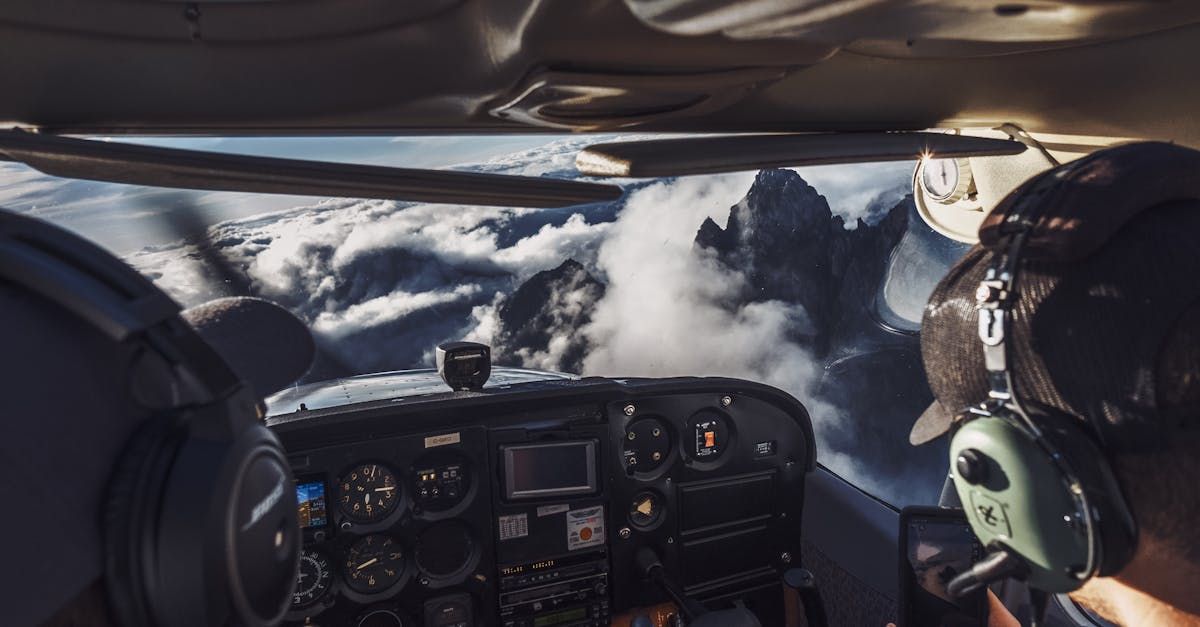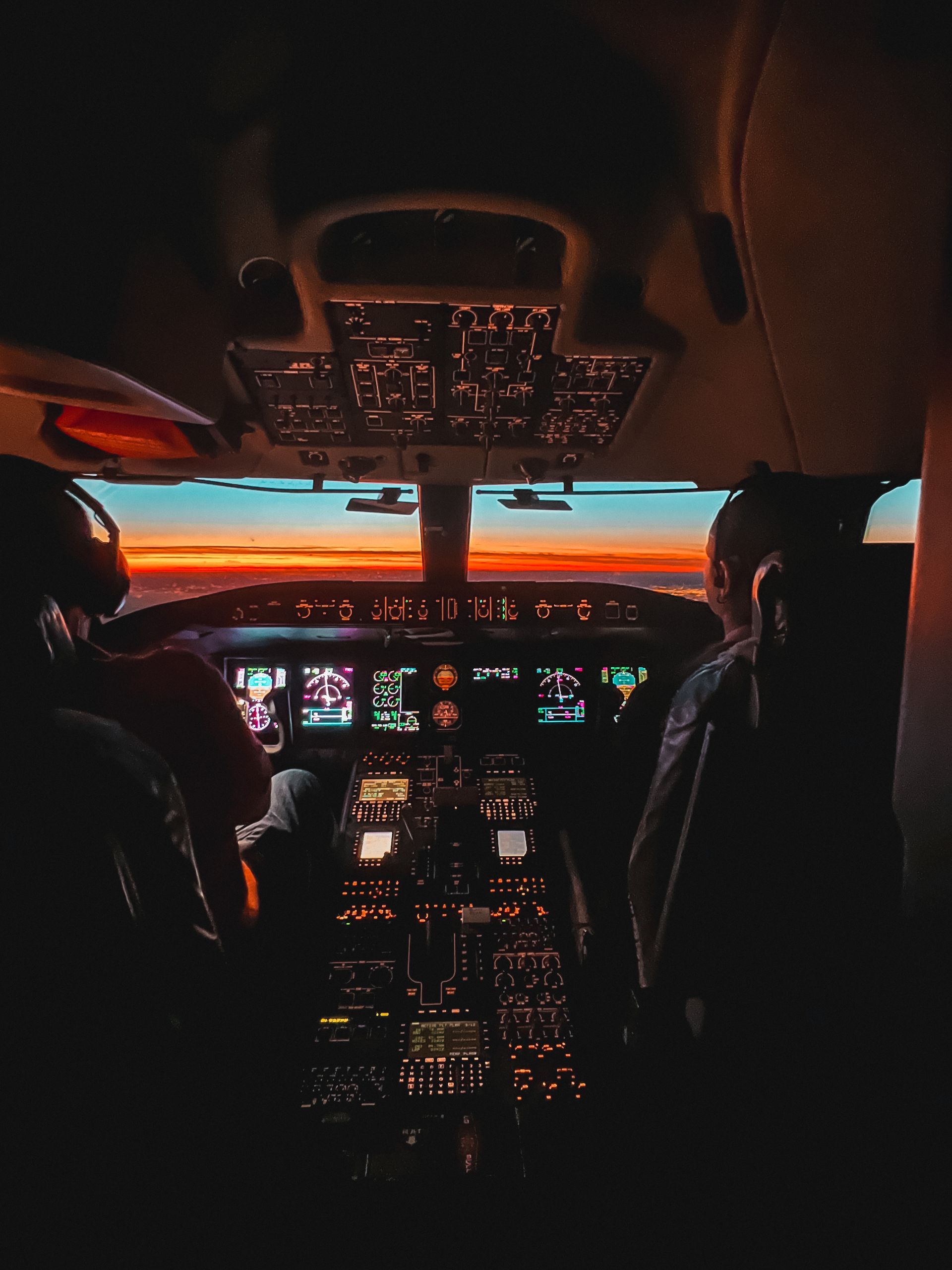Five reasons you should learn to fly
Re-kindle that childhood dream!
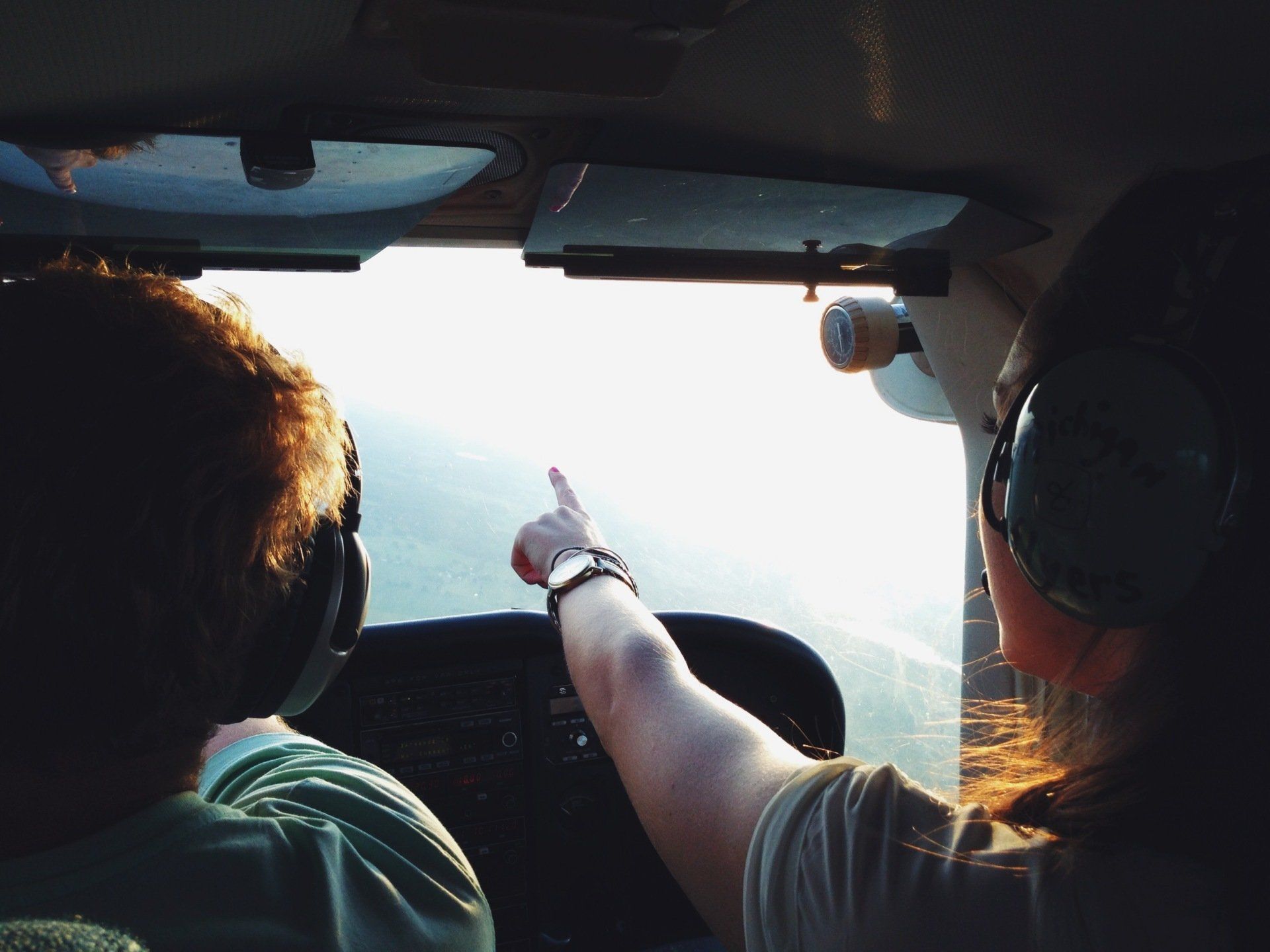
Many people have dream of becoming a pilot but most forget their dream quickly because it can be seen as being difficult, requiring a lot of skill and talent, the training is expensive, it takes a lot of work and it can be dangerous.
Yes, some of these things do have an element of truth, but most of these things really depend on you. Flight training these days is not just limited to attending a flight school so you can build a career in aviation, in fact, we've got plenty of members who don't work in the aviation industry and fly regularly just because they enjoy it.
Here's five reasons you might want to tick that childhood dream off your bucket list:
- Flying is one heck of an adventure! Yep, it's just downright fun. Sure, some people hate it and it can be scary and blah blah blah but you know what's cool? Jumping in a plane with your buddies and heading somewhere you've never been before. Yeah we get it, you need to know some stuff before you can make this happen but that's all learnable. You can visit so many unique locations around Australia that are easily accessible by air.
- It doesn't take long to go far, far away. Even one of the slowest planes in our fleet cruises at about 110 knots, which is about 200km/h. Yeah sure, there's winds that make us go faster or slower but let's not go too deep too quick because you'll learn all about the details of this in your Navigational training. You know what else is cool? Straight lines and flying over stuff. In average day conditions, it takes just over 35 minutes to fly from Toowoomba to Brisbane. Imagine jumping in your car, turning it in an easterly direction and flat-lining it in a straight line for 35 minutes. In under an hour, you can fly from Toowoomba to Straddie. No barge fees required and a day-trip is totally feasible.
- It's really not as expensive as you think. Sure, you'll need to budget some money and allocate the time to make it happen but most people can get their Recreational Pilot's Certificate done with us for around $10,000 in a few months on a part-time basis. If you can save $850/month or get a side-hustle going to earn some extra coin, you'll be well on your way to having enough dosh to get your wings. Once you're qualified, you can cost-share with some friends and split the cost between your cohort. This makes going places further away more affordable.
- Learning new stuff is good for your brain (and mental health!) Upfront disclaimer, we're pilots, not Doctors or Psychologists so we don't know the science behind our claim, and nor can we reference any medical journals. But, here's what we do know from experience. Some parts of learning to fly can be challenging, and different people are challenged by different parts of the training in different ways. You're going to learn new concepts, need to think about things from other perspectives, exercise parts of your noggin that haven't been used for a while, and for many people, not all of it is going to be a walk in the park but for the most part, you'll feel pretty-darn good about yourself.
- Feel accomplished. When you first strap yourself in to the left seat of an aircraft with an instructor beside you, and you look at all things you can push, pull, press, open, close, turn and toggle, it's very unlikely you'll have much of an idea how any of it works to get you airborne, moving through the air and safely back on the ground. Thankfully, your instructor does and soon you will too. Before you know it, you'll be going on your First Solo, your first cross-country navex and finally, passing your flight-test to earn your wings. Every pilot will tell you that their First Solo experience is vividly etched into their memory. There's a reason for this, and we'd encourage you to find out why for yourself.
So, what next? Why not
book a
Trail Introductory Flight (TIF) and see if you like it? If not, no biggie. Flying isn't for everyone and we respect that. But if you love it, you can log your TIF flight time in your very own logbook and get started with your training.


